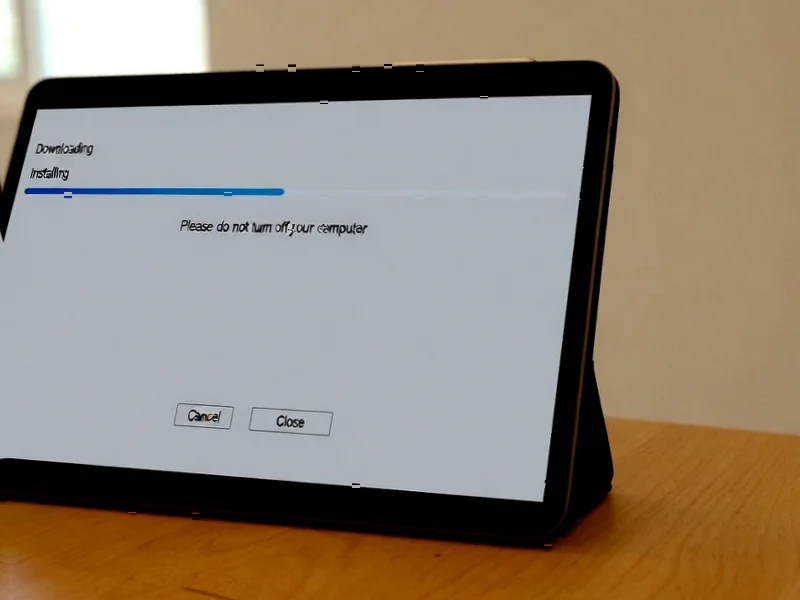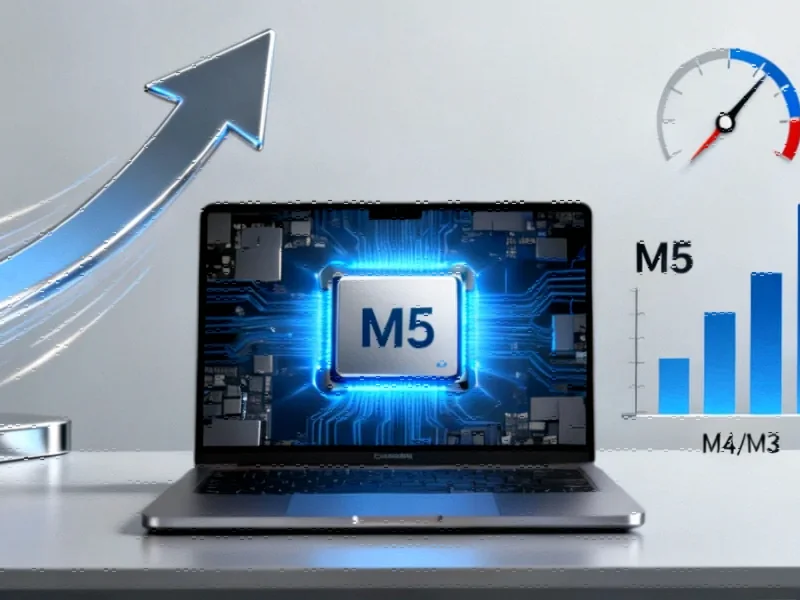According to SamMobile, Samsung has started rolling out the One UI 8 update to Galaxy Tab S9 series tablets in the United States, specifically targeting cellular variants across the entire lineup. The update follows last week’s international release in Asian and European markets and continues Samsung’s pattern of staggered regional deployments. This development marks another milestone in the company’s software support commitment for its premium tablet lineup.
Table of Contents
Understanding Samsung’s Tablet Software Strategy
Samsung’s approach to tablet software has evolved significantly from the early days of Android tablets, where manufacturers often abandoned devices after just one or two updates. The company’s current strategy positions its premium tablets as long-term investments, with the Galaxy Tab series receiving support comparable to flagship smartphones. This represents a fundamental shift in how Samsung views the tablet lifecycle, treating these devices more like computers than disposable consumer electronics.
Critical Analysis of Update Deployment
While the staggered rollout approach helps manage server load and identify regional issues, it creates an inconsistent user experience where customers in different markets receive updates weeks or even months apart. The cellular-first deployment strategy for the US market suggests Samsung prioritizes carrier-tested variants, potentially leaving Wi-Fi-only users waiting despite fewer compatibility concerns. This approach risks frustrating consumers who expect simultaneous updates across all device variants in an increasingly connected global market.
Industry Impact and Competitive Positioning
Samsung’s four-year update promise for the Galaxy S9 series tablets creates significant competitive pressure in the Android tablet space, where many manufacturers still struggle to provide timely updates beyond two years. This extended support window directly challenges Apple’s iPad update longevity and positions Samsung as the Android tablet leader in software commitment. The strategy also impacts resale value and enterprise adoption, where long-term software support is a critical purchasing consideration for business and educational users.
Future Outlook and Market Implications
Looking ahead, Samsung’s update cadence suggests the company is preparing for a more integrated ecosystem approach, particularly as tablet software becomes increasingly sophisticated with productivity features and cross-device functionality. The consistent update pattern across European, Asian, and now US markets indicates a maturing global deployment infrastructure that could eventually support faster, more synchronized rollouts. However, as Android tablets face increasing pressure from foldables and more powerful Chromebooks, Samsung will need to balance software innovation with maintaining stability across its diverse device portfolio.



